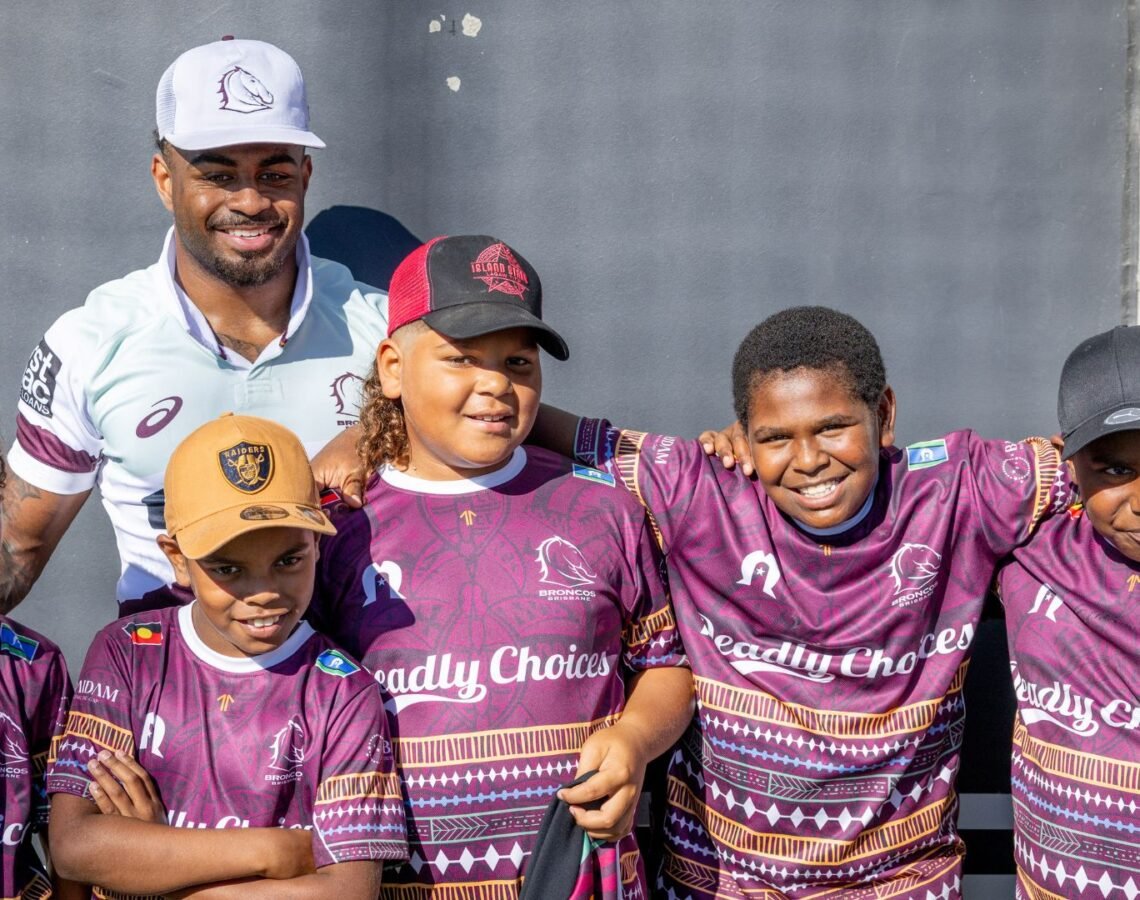Queensland backs better health with renewed funding for Deadly Choices program

A health program helping Aboriginal and Torres Strait Islander communities in South East Queensland is getting a major boost. Health and Wellbeing Queensland has announced renewed funding for the Deadly Choices program. The funding is part of a $43 million commitment to preventive health across the state. It will allow Deadly Choices to keep supporting Indigenous Queenslanders to lead healthier lives and strengthen community wellbeing.
Delivered by the Institute for Urban Indigenous Health, Deadly Choices is more than just a health initiative — it’s a cultural movement. Through school programs, community events, and health education, it encourages regular health checks, physical activity, healthy eating, and quitting smoking, all while celebrating culture and identity.
Making an impact across all ages
Since 2021, more than 20,000 people have completed a Deadly Choices program, and nearly 5,000 participants have received a 715 Health Check — a vital check-up specifically designed for Aboriginal and Torres Strait Islander people.
In school settings alone, these programs have made a noticeable impact, not only improving health awareness but also boosting student engagement.
“Students love the program not only because of the great facilitators but also because they gain healthy lifestyle learning with a sense of First Nations belonging and extended cultural learning,” said a staff member from a participating school. “This term, I’ve even seen an improvement in attendance — students make sure they’re here on Deadly Choices days.”
And the results speak volumes. Since 2021:
- 13,695 people have taken part in Deadly Choices programs across South East Queensland.
- 30,595 people attended local Deadly Choices community and sporting events.
- 66% of participants improved their knowledge of healthy eating.
- Reported fruit and vegetable intake increased by 10% and 8% respectively.

Investing in preventative health for all Queenslanders
The program’s success is just one part of Health and Wellbeing Queensland’s wider prevention strategy, which has supported more than 450,000 Queenslanders to live healthier lives since July 1, 2021.
Dr Robyn Littlewood, Chief Executive of Health and Wellbeing Queensland, says this renewed investment is helping turn the tide on preventable diseases.
“Our $43 million reinvestment in prevention is delivering measurable outcomes across Queensland — from healthier school tuckshops to tens of thousands of health checks, and billions of steps taken; it is changing lives,” Dr Littlewood said.
“Prevention isn’t a quick fix — it takes commitment, partnership, respect and time — but we are seeing results I’ve never seen reported anywhere else in Australia.”
That’s crucial, with the latest health data showing nearly 2 in 3 Queensland adults and 1 in 3 children are living with overweight or obesity. This contributes to over 8% of the state’s disease burden and costs the health system up to $4.6 billion a year.
Alongside Deadly Choices, other funded programs are making a big difference across the state, including:
- My health for life – Supporting Queenslanders to reduce their risk of chronic disease through coaching and lifestyle changes.
- 10,000 Steps – Encouraging people to get active and track their daily step counts.
- Healthier Tuckshops Program – Helping school canteens serve up more nutritious food choices.
- QCWA Country Kitchens – Teaching rural communities how to cook healthy meals on a budget.
- Life Ed Queensland – Delivering age-appropriate health and wellbeing education to children across the state.
Importantly, Health and Wellbeing Queensland’s programs are reaching those who need them most: 12% of participants identify as Aboriginal and Torres Strait Islander, 25% come from socio-economically disadvantaged areas, and nearly half are from rural or remote regions.
“Prevention and a strong public health system go hand in hand — you can’t have one without the other,” Dr Littlewood said. “When we invest in prevention, we change futures. Fewer people need treatment, and more Queenslanders live longer, healthier lives.”



